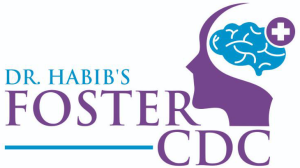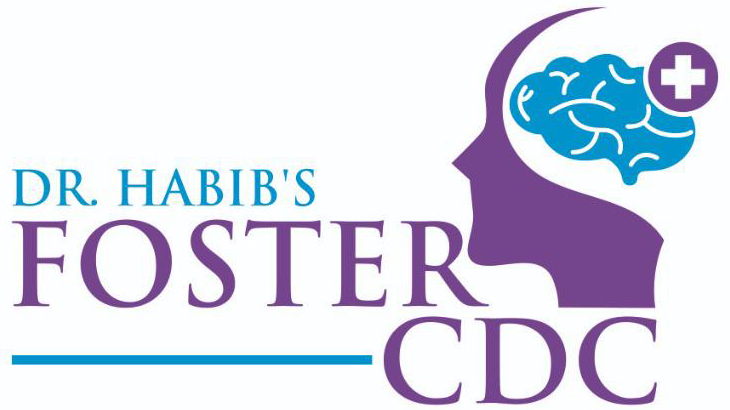When an infant doesn’t receive enough oxygen immediately after birth, it can lead to breathing difficulty. The infant can suffer from this condition, just before, after or during the birth. Neonatal asphyxia or perinatal asphyxia are the other names for birth asphyxia. If neonatal asphyxia is mild or moderate, the baby can recover fully, but in severe cases, it can cause permanent damage to the brain and other vital organs.
Oxygen levels can deplete and therefore excess acid buildup in the baby’s blood. When this happens, the baby’s life will be in danger.
Let us try to understand the causes of birth asphyxia, the symptoms, complications as well as prevention and treatment options.
Birth Asphyxia Symptoms
Symptoms can be present before, during or just after birth. Low blood pH and abnormal fetal heart rate before birth may indicate excess acid.
The following signs may indicate lack of oxygen during birth and following the birth of a child:
Weak reflex, weak muscles tone, low heart rate, breathing difficulty or lack of breathing, baby not crying or being silent, unusual skin tone, lack of urination, low blood pressure, poor circulation, lethargy and seizures.
Birth Asphyxia Causes
The condition can occur due to several causes that are related to the mother and the fetus. They include compression of the umbilical cord, umbilical cord prolapses, premature birth, uterine rupture, separation of placenta from uterus, difficult or prolonged labor, high or low blood pressure during pregnancy and infection during labor.
Neurological Complications
Mild to moderate asphyxia can lead to behavioral and cognitive changes during childhood, adolescence and adulthood. In the long-run, it can cause the following complications:
- Attention deficits
- Autism spectrum disorder
- Hyperactivity
- Low intelligence quotient score
- Psychotic disorders in adulthood
- Schizophrenia
Severe asphyxia can cause:
- Sight or hearing impairment
- Epilepsy
- Cerebral palsy
- Intellectual disability
Prevention of Birth Asphyxia
Birth Asphyxia can occur suddenly and therefore it becomes difficult to prevent the condition prior to its occurrence. In nursing homes and centers where resources are fewer, the following measures should be taken:
Controlling body temperature
Effective resuscitation
Body cooling treatment to prevent secondary complications
Trained and skilled professionals should be present for every labor & delivery
Pretreatment with medicines to reduce brain damage risk
Availability of correct equipment
Note: monitoring birth asphyxia symptoms before and after every birth is vital.
Bottom Line
Birth asphyxia can prove to be fatal following birth. The first few days following the birth are crucial for infants with birth asphyxia because the death rate is around 30%, in these cases. In the long run, the child who had suffered this condition during birth may develop mild-to-moderate neurological disorders such as developmental delays, cerebral Palsy, seizures and epilepsy. However, infants who receive effective treatment may recover completely from birth asphyxia symptoms. Therefore, trained professionals and obstetricians with proper care and monitoring during and after birth play an important role in reducing the risk of birth asphyxia in some cases.


